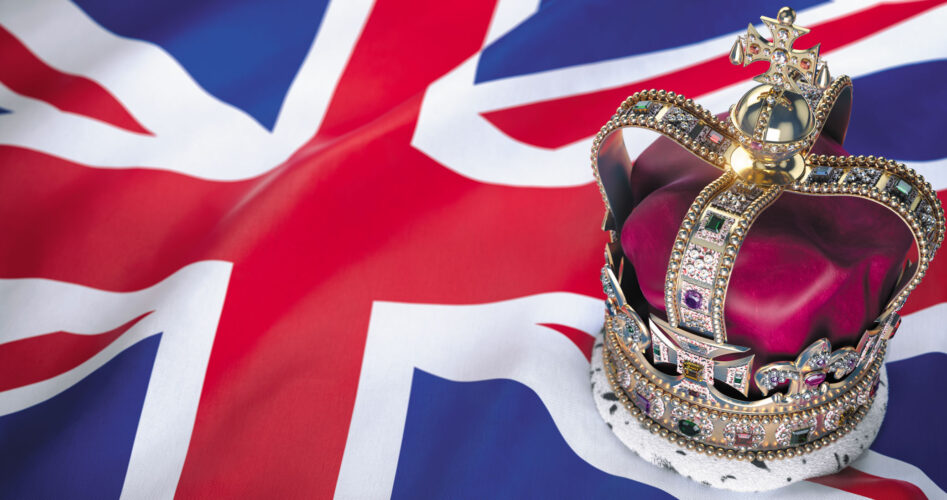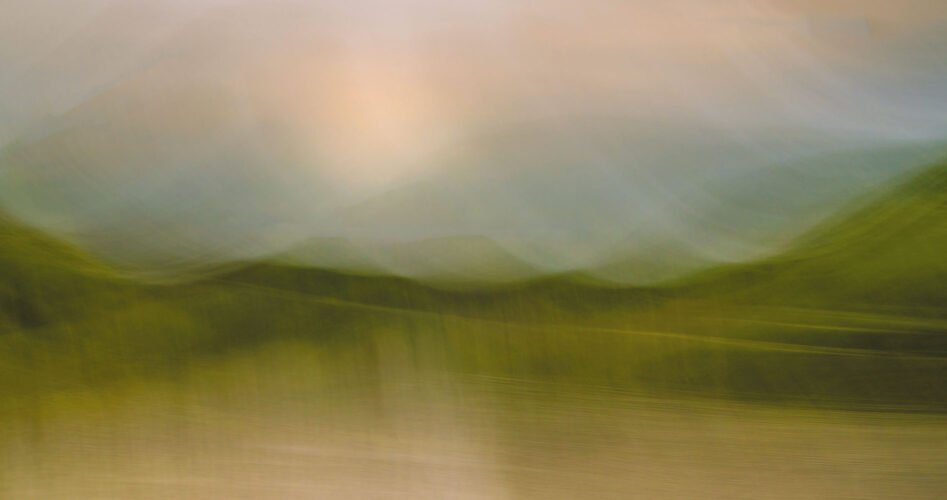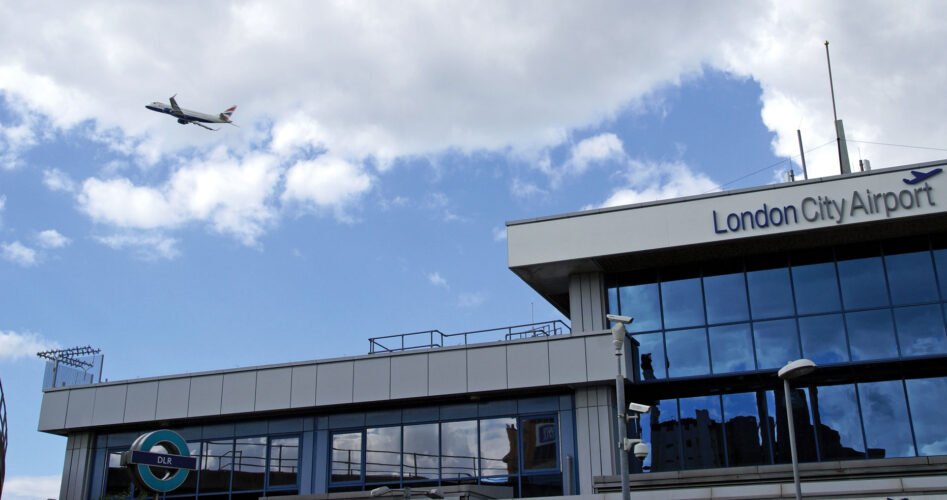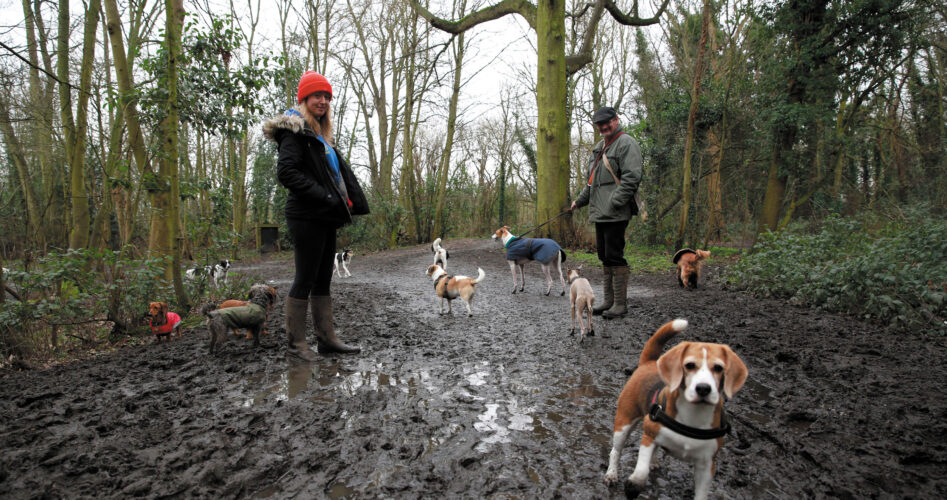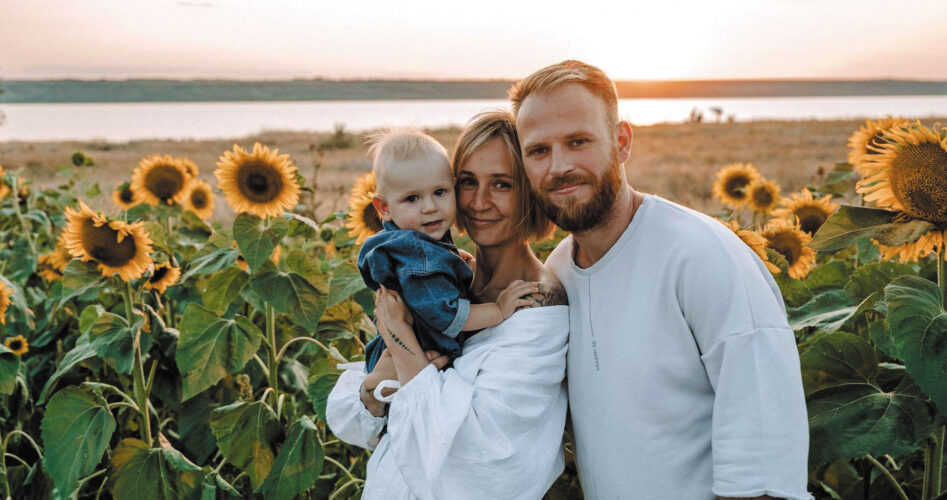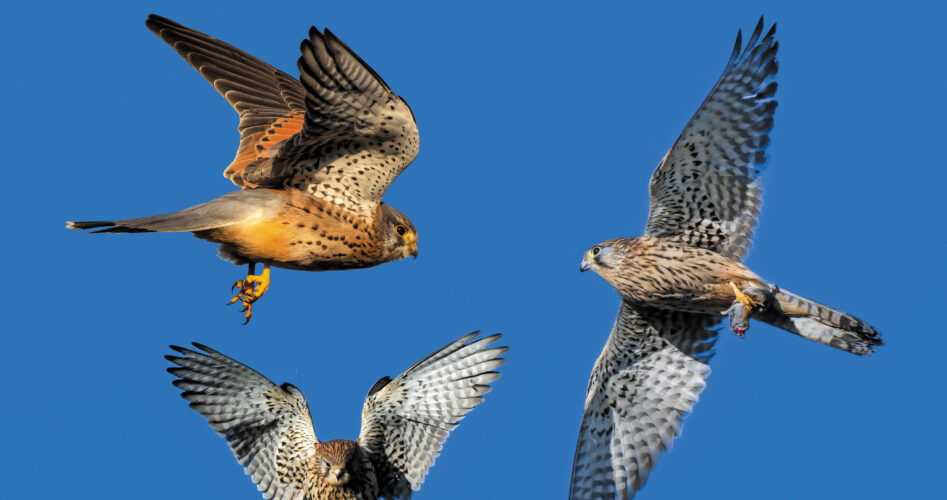A Wanstead Community Coronation Festival will take place on Christ Church Green on 7 May in aid of the Mayor of Redbridge Appeal and supporting Tin in a Bin.
“This will be a fabulous opportunity for the community to come together and celebrate the King’s Coronation. There will be music, entertainment, fairground rides, stalls, food and refreshments,” said Suzi Harnett, who is helping to organise the event. Volunteers, performers and stallholders are invited to take part.
If you would like to have a stall at this event,
contact Melissa: melissa.titre@treehousenurseryschool.com or call 07714 947 210
If you would like to perform or get involved and volunteer on the day,
contact Suzi: suziharnett@btinternet.com or call 07917 670 664


